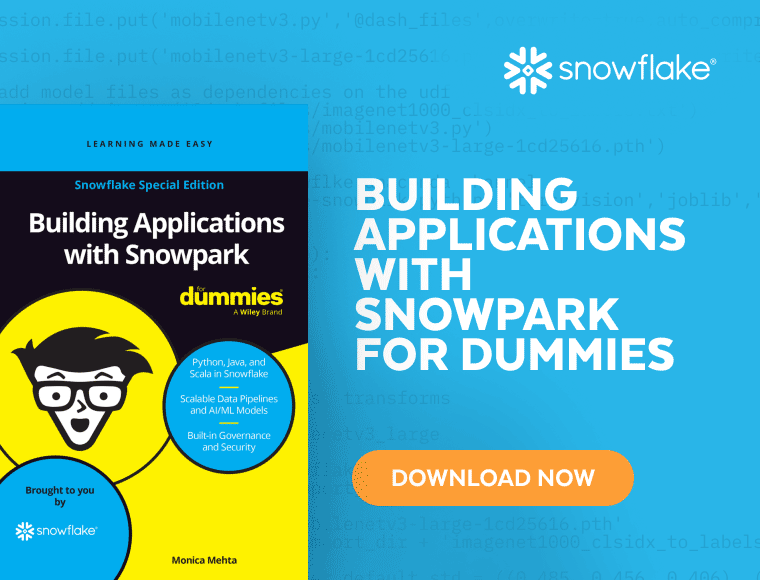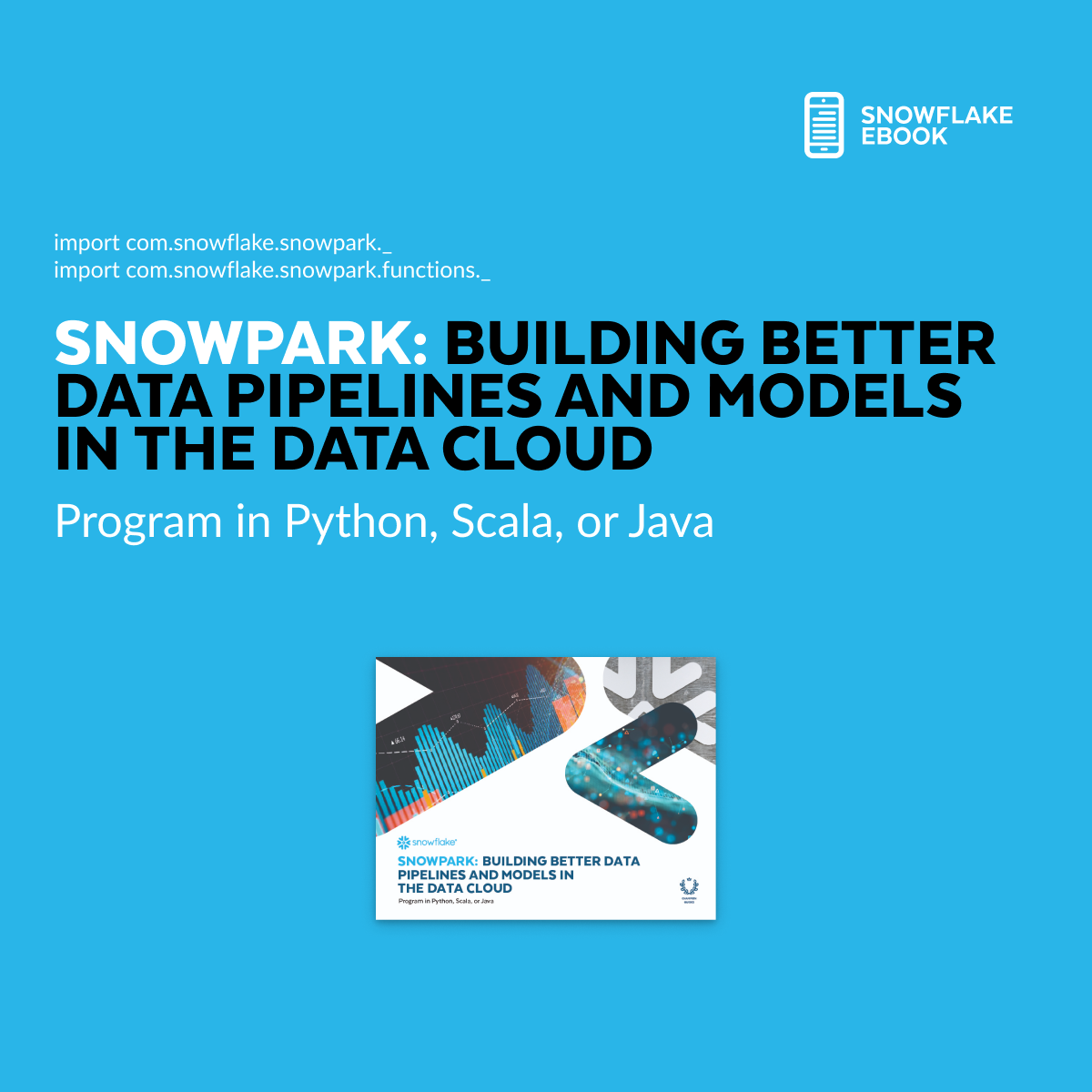What Is Python Used For?
Python is an all-purpose, open-source programming language with a highly engaged community of users. It’s simple yet powerful, making it a popular choice for data scienceapplications and IoT projects as well as web development. In this article, we’ll take a deeper dive into what Python is used for, highlighting some of its most important use cases.
Types of Projects Python Is Used For
Because Python is so flexible and easy to use, it performs well in many different types of projects. Here are five of the most common types of projects Python is used for today.
Data modeling
Data models are an essential part of many big data workflows. These include creating databases, populating data warehouses, managing data for analytical processing, and implementing applications that allow users to access information in meaningful ways. Python offers the benefit of robust data modeling capabilities.
Data analysis
Much of Python’s magic is found in its extensive libraries. Libraries such as NumPy and pandas allow developers to quickly complete data cleaning and analytics tasks, even on massive data sets. Other libraries support a range of various data analysis tasks including data scraping and data visualization.
AI and ML
Artificial intelligence (AI) and machine learning (ML) algorithms process massive amounts of data, often in real time. Python’s capabilities make it ideal for building predictive models. Python-driven AI and ML applications undergird technologies used in many different industries, including advertising, healthcare, manufacturing, and financial services.
Web development and app building
Python has numerous frameworks available for building websites and web apps. It excels at handling user data and inputs quickly. In fact, Python underpins many popular app products and services, including ride-hailing, food delivery, content streaming, and social media apps.
Education and training
Python is extremely easy to learn, partly because its syntax resembles the way natural language is written more than most other programming languages, and is often the first programming language people learn. Data scientists without an extensive programming background particularly appreciate Python’s ease of use and powerful capabilities for handling large data sets.
Python Use Cases
Python is often described as the multi-tool of programming languages. Its simplicity, large collection of libraries, and committed community of users have made it a favorite among those working with big data. The following four Python use cases highlight its abilities across an assortment of industries.
Financial analysis
Python has many use cases in the financial services industry. One of the most important is financial analysis. Python is an ideal choice for tasks such as analyzing stock market predictions and market forecasting. In addition, Python’s dominant role in machine learning technologies makes it common in other finance-related applications, such as fraud detection and automated trading.
Image diagnostics in healthcare
One of the most exciting uses of Python-powered machine learning applications is assisting healthcare providers in identifying and diagnosing medical conditions. Machine learning algorithms can analyze medical images, including magnetic resonance imaging (MRI) and computerized tomography (CT) scans, providing vital diagnostic support for clinicians. A specific example is an ML algorithm trained to identify and classify tumors, which is particularly valuable with certain types of cancerous tumors that can be difficult for physicians to identify. Although this technology does not replace skilled medical professionals, it can provide significant assistance as they perform their work.
Industrial automation
Python is a foundational part of many industrial IoT networks. Examples of IoT solutions built on Python include machine-mounted sensors that monitor the health of production equipment and sensors that assess product quality in real time. IoT technologies that make use of Python benefit from an extensive collection of libraries and packages that cater specifically to IoT applications.
Data visualization
Data visualization tools present ML-driven insights to nontechnical users in an easily understandable way. Because Python is easy to learn and easy to use, it’s ideal for data professionals to share their insights with colleagues, partners, and clients. Additionally, data visualization tools designed for Python make visualization even simpler. For example, Streamlit is a pure-Python, open-source framework that’s used to create beautiful, custom web apps. Streamlit converts data scripts into shareable web apps—especially valuable for data scientists and ML engineers with no front-end development experience.
Accelerate Python Development with Snowflake
Snowflake Snowpark allows developers, data engineers and data scientists to accelerate their workflows using Python and other popular programming languages such as Java and Scala. With fast data access and elastically scalable data processing for Python and SQL, the Snowflake Data Cloud allows users to transform data into ML-powered insights using their language of choice. Speed up Python-based workflows with pre-installed open-source libraries and seamless dependency management via Anaconda integration. Scale processing to any amount of data or number of users with Snowflake’s elastic and performant multi-cluster compute architecture.
Learn more about Snowflake in the O’Reilly Definitive Guide to Snowflake.

